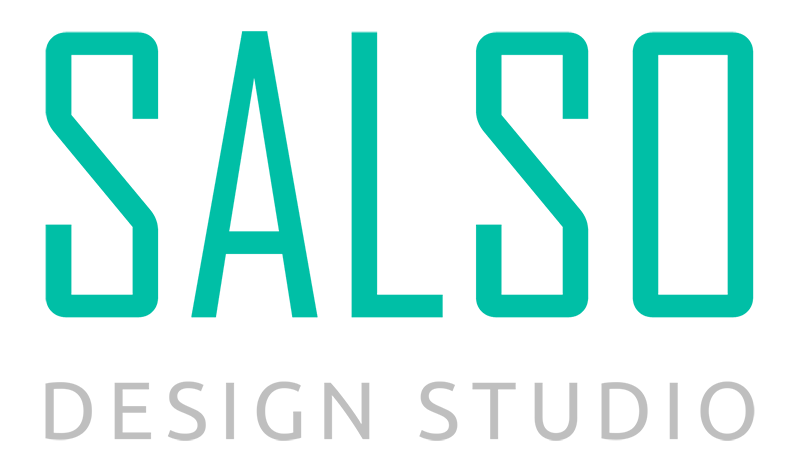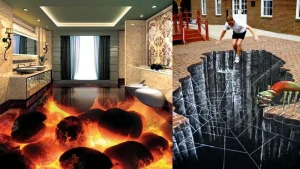Understanding the Basics of 3D Stickers
What are 3D stickers? In short, 3D stickers are vinyl stickers that are designed and printed to give the appearance of depth and dimension. Unlike regular flat stickers, 3D stickers utilise lenticular printing technology to create an optical illusion of a 3D image. This illusion of depth is created by interlacing two or more images and using a lenticular lens overlay when printing the sticker. When viewed from different angles, different images will appear to be visible to the eye. This creates an engaging, eye-catching effect for anyone looking at the sticker. So in summary, what are 3D stickers? They are vinyl stickers printed using advanced lenticular technology to give the illusion that part of the sticker is popping out towards you. The lenticular lenses overlaid on the sticker refract light and make different parts of the interlaced image visible from different viewing angles. This optical trick makes static 2D sticker prints appear to be 3D. 3D sticker technology has revolutionized stickers with its ability to make images appear to pop off the surface. In today’s visually captivating world, 3D stickers have gained immense popularity for their ability to transform any surface into a mesmerizing work of art. These innovative stickers create a visual depth that gives the illusion of texture, depth, and three-dimensionality. In this comprehensive guide, we will delve into the basics of 3D stickers, exploring their unique features, diverse applications, and the captivating optical illusions they create. So, let’s embark on this journey into the fascinating realm of 3D stickers.

Different Types of 3D Stickers
Unlike normal stickers, 3D stickers have movement and seem to float above the surface they are stuck to. There are a few main types of 3D stickers available. Here are some of the most common varieties:
– Flip 3D stickers: Also known as flip effect stickers, these show two different images that switch when viewed from different angles. So what are 3D stickers of this type? They are great for showing before-and-after images or sequences.
– Morph 3D stickers: Featuring a smooth transition between multiple images, these 3D stickers seem to morph or animate when viewed from different angles. This creates an intriguing, fluid effect for the viewer.
– Depth 3D stickers: These 3D stickers play with perceptions of depth. Parts of the image appear closer or further back from different viewing angles. This mimics a 3D, layered effect.
– Motion 3D stickers: Combining morph and depth effects, these 3D stickers appear to move and shift in 3D space as you adjust your perspective. The complex lenticular illusion is eye-catching.
3D stickers are a few major types creating flip, morph, depth, and motion effects. Lenticular printing allows 3D stickers to take on different graphic appearances based on the viewing angle. One popular application of 3D stickers is using them to customize and personalize phones, laptops, and other electronics.

How 3D Stickers Create Optical Illusions
What are 3D stickers and how do they manage to trick our eyes? 3D stickers leverage an optical illusion known as the parallax effect to create the appearance of depth and perspective. 3D stickers grab attention better than normal stickers thanks to their eye-catching, vivid images protruding from the surface.. Here’s a bit more detail on how the 3D sticker illusion works:
– The lenticular lens sheet – The flat surface layer of a 3D sticker is covered in tiny semicylindrical lenses known as lenticules. Each lenses is like a little prism that refracts and directs light.
– Interlaced images – Under the lens layer, the sticker contains 2 or more images that are tightly interlaced together in strips. Each strip corresponds with an underlying lens.
– Perspective effect – As you change your angle of view, different lenses become aligned with different image strips. This makes various parts of the interlaced images visible from certain perspectives.
– Depth created – Because different images appear at different angles, some parts seem closer while others seem farther back. This lends the sticker overall 3D depth.
By combining the lenticular lens sheet, interlaced imagery, and perspective, 3D stickers can trick our eyes into seeing depth and motion on a flat surface. The physics of light refraction paired with clever graphics make the 3D illusion possible. Scrapbooking is a common application of 3D stickers to make creative and interactive albums and cards.

Applications of 3D Stickers in Various Industries
What are 3D stickers ultimately used for across different industries? Here are some of the most popular applications:
– Advertising – 3D stickers can be placed on products, packaging, posters, billboards, and more to grab attention. Their eye-catching nature makes them ideal for bold, engaging marketing campaigns.
– Publishing – From books to magazines, 3D sticker inserts add an exciting interactive element to publications. They are often used on covers and special pages. Retailers utilize 3D sticker technology in captivating advertising displays that showcase products.
– Promotional materials – As giveaways, 3D stickers lend a novel element to conventions, corporate events, fundraisers, and more. They are popular handouts.
– Toys & games – Many toys use 3D stickers to immerse kids in imaginative play. Puzzles and games also leverage 3D stickers for interactive challenges. Kids enjoy using 3D stickers to creatively customize their belongings with stickers that pop off the surface.
– Decorative arts – For scrapbooking, decals, collages, and various home decor objects, 3D stickers provide depth and visual interest. The 3D effect of the stickers adds an extra dimension of visual interest compared to regular flat stickers.
– Collectibles – Iconic characters, favorite brands, and memorable moments are captured on 3D stickers as keepsakes and collector’s items. 3D stickers are ideal for making unique DIY decorations for around the home that have depth and personality.
So what are 3D stickers used for? All kinds of industries leverage 3D stickers to engage audiences in new ways with their unique illusion effects. They attract attention and also serve functional purposes.

3D stickers can be used almost anywhere a standard sticker can be applied, plus they add the extra visual intrigue of the 3D lenticular effect. One benefit of 3D stickers is that they can make brand logos on products stand out more to catch consumers’ eyes. Some of the most popular surfaces and placement areas for 3D stickers include:
– Flat, smooth surfaces like walls, windows, mirrors, laptops, and more
– Vehicles and windows – the stickers can help personalize cars, boats, planes, etc.
– Signage – 3D stickers are great for storefront signs, banner stands, etc.
– Packaging – they can be put on boxes, bottles, cans, bags and more
– Wearables – jackets, t-shirts, hats, skateboards, and other items people wear or carry
– Promotional materials – conventions, corporate events, fundraisers, etc. often use 3D stickers
– Toys and games – on the surface of puzzles, games, playsets, and more
– Books and magazines – as inserts and on covers to draw attention
– Scrapbooking and crafts – to embellish albums, cards, frames, and various arts and crafts
Yes, 3D stickers have some key differences from regular flat vinyl stickers:
– Lenticular lens layer – The flat lenticular sheet on top refracts light to create the 3D effect. Regular stickers do not have this.
– Interlaced imagery – Under the lens layer, 3D stickers contain two or more images blended into thin strips. Standard stickers just have one image layer.
– 3D optical illusion – When viewed from different angles, the interlaced images give 3D stickers the illusion of depth, motion, flipping, morphing, etc. Regular stickers look the same head-on.
– Appearance shifts – The look of a 3D sticker shifts as you adjust your perspective. Standard stickers always maintain the same appearance.
– Increased visual interest – The dimensional, eye-catching effects of 3D stickers grab more attention than ordinary flat stickers.
– Advanced printing technology – Producing the lenticular sheets and interlaced imagery requires specialized printers. Basic sticker printing is easier.
– Increased costs – Due to the complex production, 3D stickers tend to be more expensive than common stickers.
Yes, 3D stickers can definitely be customized and designed for specific purposes. Today’s printing technologies allow for a high degree of customization, including:
– Custom illustrations and graphics – Unique 3D artwork and assets can be created from scratch based on concepts and needs.
– Using existing assets – Images, logos, text, and other assets provided by clients can be adapted for 3D stickers.
– Choosing effects – Flip, morph, zoom, depth, motion, and other lenticular effects can be selected to fit the goals.
– Size – 3D stickers can be produced in a wide range of sizes, from small decals to large signage.
– Die cutting – Custom die cut shapes like circles, ovals, stars, etc. are possible.
– Personalization – Adding names, dates, locations, QR codes, and other personalized text/data can customize the stickers to specific events, campaigns, individuals, etc.
– Short runs – Need only a small batch? No problem. Short custom 3D sticker runs can be produced.
we are here
If you need more information or want to be our customer, please contact us now
we pride ourselves on providing a comprehensive range of services to meet all of your needs. Whether you’re looking for expert consulting advice, innovative design solutions, or reliable implementation support, we’ve got you covered. Our team of experienced professionals is dedicated to delivering exceptional results that exceed your expectations every time. If you are interested in our work, you can see our portfolio and you can contact us right now.





